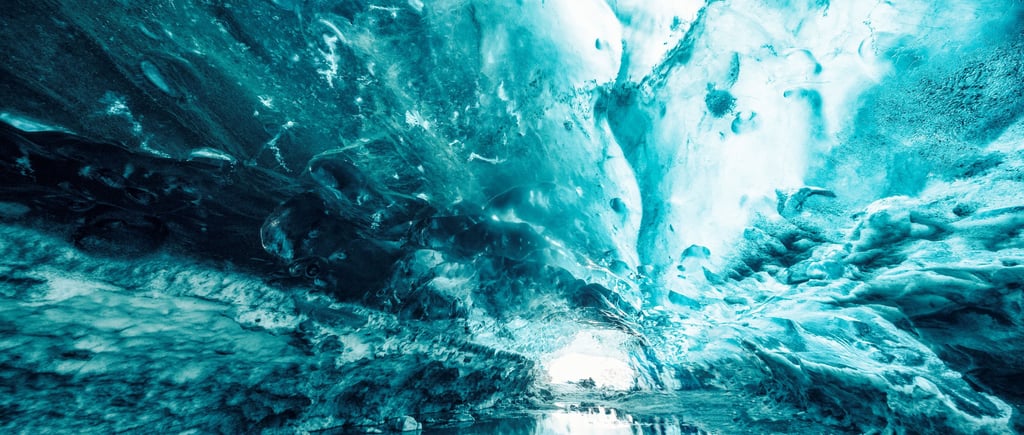Exploring Europa: The Potential for Life Beneath the Ice
EDUCATION
10/21/20241 min read


Life on Earth is believed to have originated in water, making water a critical element when searching for life beyond our planet. If we are to explore the cosmos for signs of life, the first places to look are those that contain water. Jupiter’s moon Europa is one such location, with an amount of water that is potentially double the volume of Earth’s oceans, hidden beneath its icy surface.
Europa's potential for life draws from its unique conditions. Though Europa is far from the Sun and its surface is covered in ice, the moon experiences internal heating due to the gravitational pull of Jupiter. This tidal force stretches and compresses the moon, creating enough internal friction to potentially keep the ocean beneath its frozen shell in liquid form. The presence of liquid water, coupled with the possibility of hydrothermal vents on the ocean floor similar to those on Earth, raises the intriguing possibility of life existing beneath Europa's ice.
NASA is on the verge of a groundbreaking mission to Europa, set to launch the Europa Clipper spacecraft in the coming years. The primary goals of this mission are to analyze the thickness of Europa’s icy shell, study its subsurface ocean, and investigate the moon’s potential to support life. The spacecraft will gather crucial data about the chemistry of the ocean, the interactions between the ice and water, and the geological activity on the moon’s surface.
Interestingly, Europa’s exploration isn’t new to science fiction. In 2013, a film called Europa Report depicted a manned mission to the moon, highlighting the dangers and excitement of such a journey. While the film took artistic liberties, the underlying scientific curiosity it portrayed is very much alive today.
Despite the harsh conditions on Europa, such as temperatures reaching -130°C, the moon remains a promising candidate for life. The Europa Clipper mission aims to unravel the mysteries of this enigmatic world, helping scientists determine whether Europa could harbor life beneath its icy crust. This mission represents a critical step forward in understanding the broader question of life beyond Earth.
